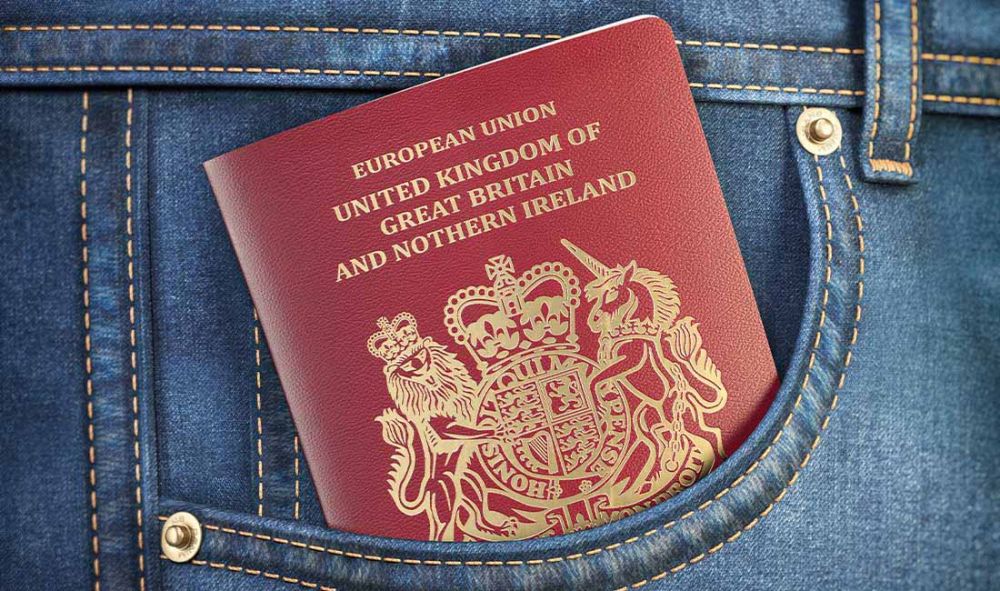EU Nationals in the UK: Post-Brexit

| W.E.U Admin | News
TAGS: Brexit, Immigration
The government has announced its long-overdue plan for EU nationals and their family members.
The Indefinite Leave to Remain (ILR) Requirement
In short, EU citizens and their family members (including those who already have permanent residence) who have lived in the UK for five years will be required to apply for Indefinite Leave to Remain (ILR). This status allows them to live, work and enjoy the benefits of the UK indefinitely, provided they do not leave the country for an extended period.
Cut-Off Date for Residency Assessment
A cut-off date will be implemented for assessing residency:
- EU nationals arriving before this date, who have not yet acquired five years of residency by the exit date, will still be able to remain in the UK until they reach the five-year threshold.
- EU nationals arriving after the cut-off date will not automatically be eligible to settle; their future status will depend on post-Brexit immigration rules.
The specific cut-off date remains undecided and is likely to feature prominently in ongoing Brexit negotiations.
Family Members
The cut-off date does not apply to the family members of EU nationals. They can apply for settled status after five years of residency, provided they arrive before the UK exits the EU. Those arriving afterward must follow the standard immigration rules for family members.
Application Process
This scheme introduces a new administrative procedure with the following known features:
- Fully digital application with limited documentation.
- Applicants must send their passport away and provide fingerprints.
- A fee will be set at a “reasonable level”.
Transitional Arrangement: Blanket Residence Permission
To allow sufficient time to secure documentation, the government will implement a period of blanket residence permission immediately after the UK leaves the EU. This transitional arrangement—likely lasting two years—gives existing EU nationals time to apply for their status documents.
Implications for Your EU Workforce
Long-Term Employment and Citizenship
Employers can take comfort that many current EU workers will be eligible to apply for ILR and, ultimately, UK citizenship, which secures their future in the country. However, the government’s decision to use the cut-off date as a negotiation tool leaves staff arriving after Article 50 (29 March 2017)—or those due to transfer from the EU in forthcoming months—in limbo regarding their long-term status.
Limitations of ILR
Indefinite Leave to Remain is still less comprehensive than current EU free movement rights. ILR can lapse if an individual leaves the UK for two years or more, complicating extended secondments or overseas projects.
Right-to-Work Checks Post-Brexit
Post-Brexit, HR teams must ensure they are lawfully employing EU workers. Since ILR becomes mandatory only after the UK exits the EU, employers need clear guidance on verifying EU workers’ right to work and avoiding illegal working penalties.
Preparatory Steps for Employers and Employees
To prepare for the new system:
- Inform EU workers about the need to apply for settled status once the digital platform launches—potentially as early as next year.
- Encourage those with existing permanent residence to apply for naturalisation promptly, reducing the risk of being caught in transitional arrangements.
- Review current workforce data to identify EU nationals and their family members in advance.
For additional guidance on supporting EU nationals in the UK through the Brexit process, visit our dedicated campaign page.
workersofengland.co.uk | Independent Workers Trade Union





